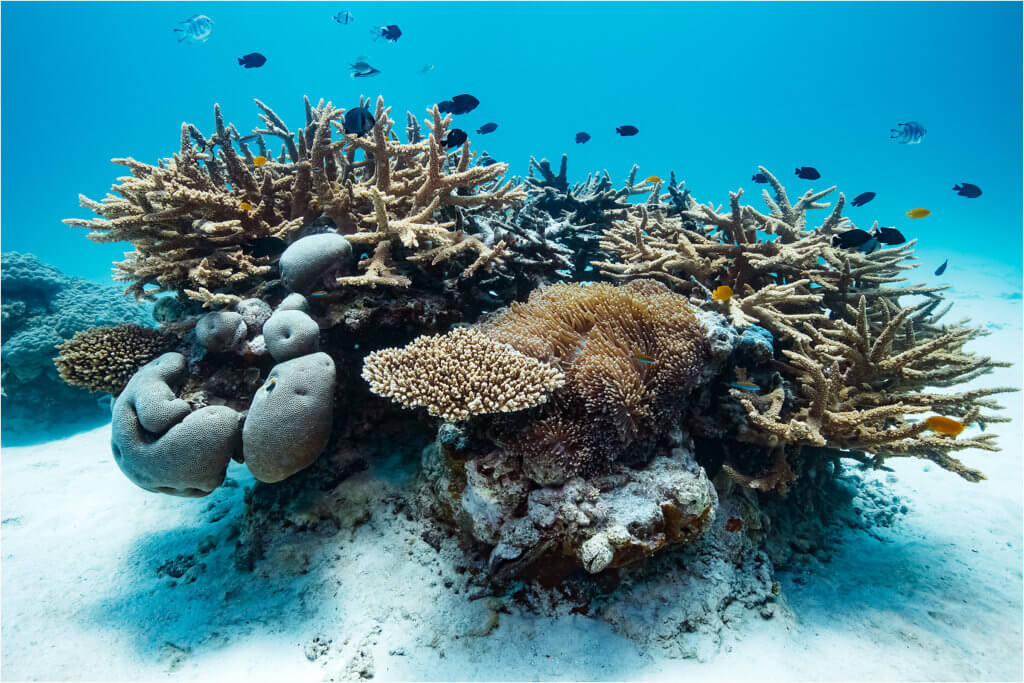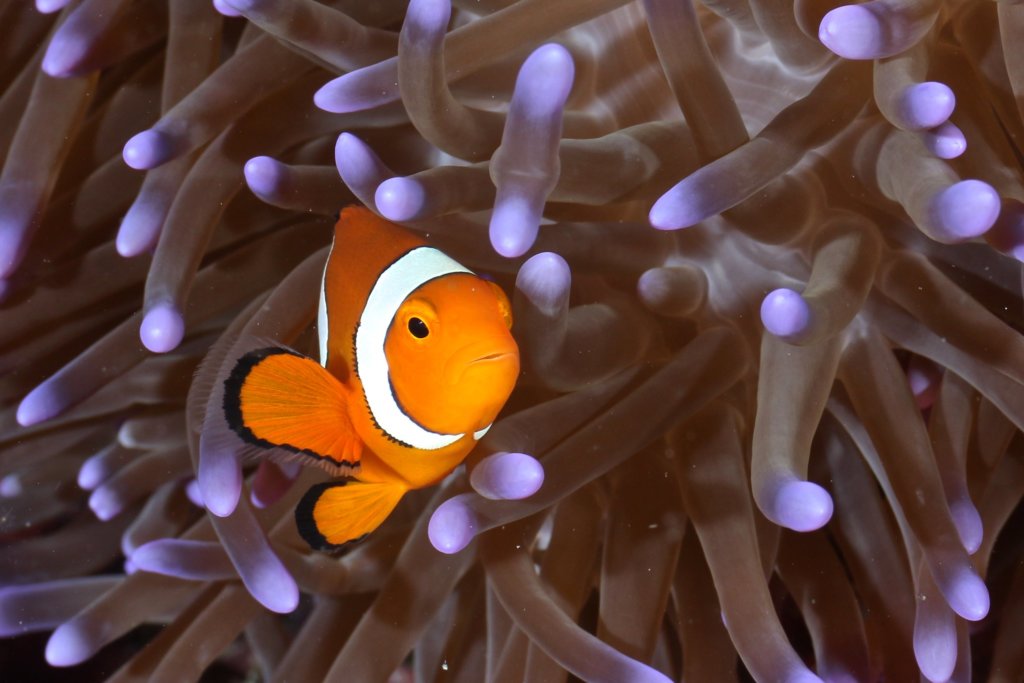The Australian and Queensland governments must act quickly and decisively on protecting the Great Barrier Reef after the World Heritage Committee's scientific advisory bodies released a report today recommending the Reef be put on the "In Danger" list, said the Australian Marine Conservation Society.
Governments must take recommended actions to avoid 'In Danger' listing:
- Drastically cut emissions to limit global warming to 1.5oC
- Improve water quality, control tree clearing & erosion in Reef catchments
- End fishing practices that kill threatened species like dugongs and turtles
- Reef generates $6 billion in revenue annually and supports 60,000 jobs
"The Great Barrier Reef is Australia's most spectacular natural wonder and an international treasure that's threatened by global warming, agricultural pollution and commercial fishing," said AMCS Great Barrier Reef Campaign Manager Dr Lissa Schindler.
"The Australian and Queensland governments have made important steps towards helping the Reef lately but the Reactive Monitoring Mission report highlighted that more action is urgently needed if they are serious about saving the Reef and the $6 billion tourism industry and 60,000 jobs it supports.
"The Reactive Monitoring Mission report shows the Reef is in trouble and spells out the critical steps needed to protect it. We have a small window of time to focus on solutions and meaningful climate action. The Reactive Monitoring Mission report gives the Australian and Queensland governments a clear road map on how to avoid the Reef being placed on the 'In Danger' list.
"Governments must combat climate change by drastically cutting emissions to limit global warming to 1.5oC - a critical threshold for corals. Every fraction of a degree matters. They also need to urgently tackle local threats to the Reef by stopping water pollution from agricultural run-off, controlling tree clearing and erosion, ending gillnet fishing and monitoring trawling catches in Reef waters."

Australia's climate and energy minister, Chris Bowen, stressed the need to keep global warming to 1.5oC at the recent COP27 meeting: "It's important because if we're not trying to keep to 1.5C, then what are we here for?" he said to the Guardian news outlet.
The World Heritage Committee (WHC) sent its scientific advisers, UNESCO and the IUCN, to take a first-hand look at the Great Barrier Reef after it put the previous Coalition Government's management of the Reef on notice at the WHC meeting in 2021. The Reactive Monitoring Mission visited the Reef in March during the latest mass bleaching event - the fourth since 2016. The mission's report will inform the WHC's decision as to whether to list the Reef as "In Danger" when it next meets. The WHC's decision will also be informed by whether the Australian and Queensland governments work to deliver the actions recommended in the report to protect the Reef.
Dr Schindler said: "Global warming is the Reef's greatest threat, driving the marine heatwaves that lead to the damaging mass bleaching events that have struck the Reef in recent years. Business as usual will not safeguard the Reef, we need climate policies and a plan to tackle the climate crisis damaging our Reef.
"Australia has an outsized impact on climate, responsible for 5% of the world's greenhouse gas emissions.1 Queensland alone contributes a third of Australia's emissions and is ranked third highest in the world per capita. As a start, the federal government should reject the Clive Palmer-owned Central Queensland Coal mine and Queensland should increase its woefully inadequate emissions reduction target.

"The Reef is also threatened by polluted run-off from agricultural land, including sediment that can smother the Reef and synthetic fertilisers that turbo-charge algal blooms. The Queensland Government must enforce the regulations to prevent run-off from agricultural land and work with the federal government to restore large areas of coastal wetlands - nature's water quality filters.
"The Queensland Government must control tree clearing in Reef catchments because of the failure of the 2018 legislation to slow clearing.2 It must close loopholes that allow clearing without permits. The Australian Government must enforce federal laws and improve them to stop clearing of threatened species habitat.
"Unsustainable and illegal fishing is one of the biggest local threats to the Reef. High-risk fishing methods such as gillnet fishing and trawling continue to cause the deaths of threatened species such as dugongs, turtles and sawfish on our Reef. The Queensland Government must end gillnet fishing in Reef waters to give our iconic dugongs and turtles a chance to recover. The Queensland Government must also immediately roll out cameras on all trawl vessels to independently monitor the bycatch in this high-risk fishery."
The Reactive Monitoring Report can be found at https://whc.unesco.org/en/documents/197090
1 Australia produces about 1.4% of the world's CO2 emissions domestically and our exported fossil fuel emissions represent about 3.6% of global emissions, adding up to about 5%, equivalent to the total emissions of Russia, which is ranked the fifth biggest CO2 emitter globally.
https://climateanalytics.org/media/australia_carbon_footprint_report_july2019.pdf
2 About 166,000 hectares of land was cleared in Great Barrier Reef catchments in 2016-17 and 148,000ha in 2017-18. Reef catchment clearing increased to 217,419ha in 2018-19 after the Queensland Government introduced legislation meant to curb land clearing.






